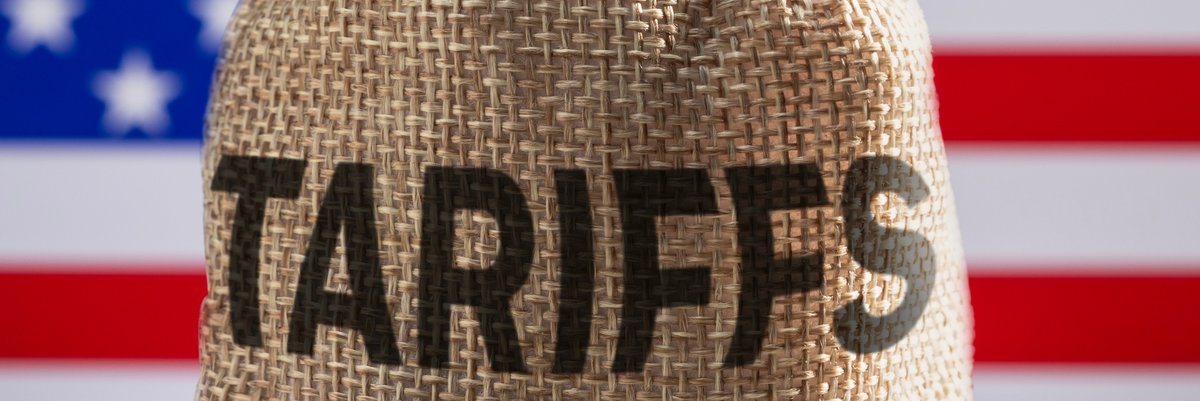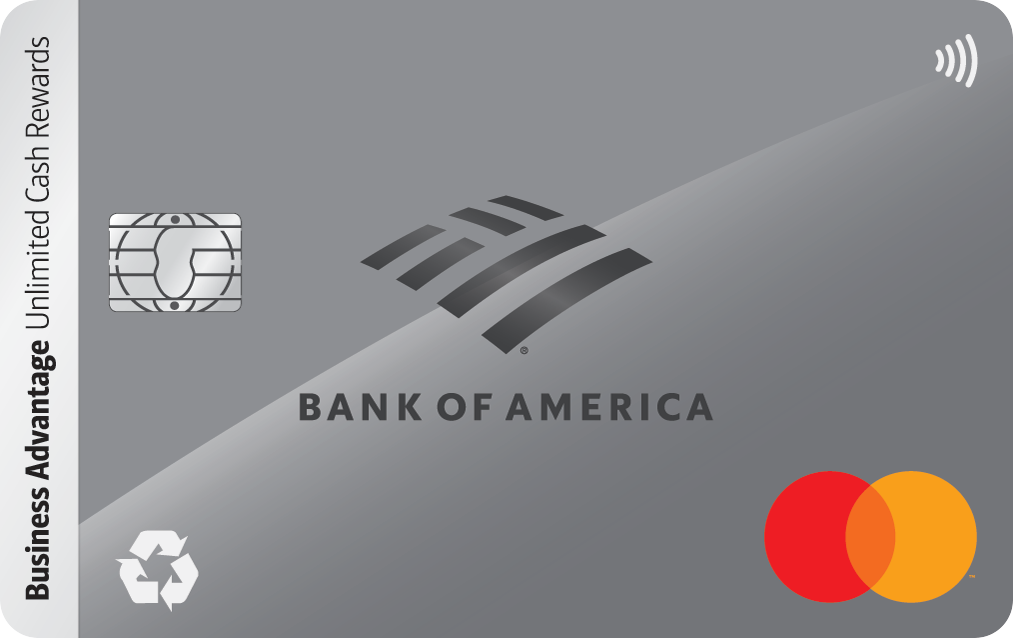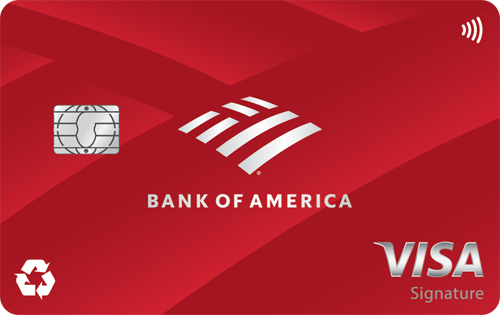Trump Proposes $2,000 Tariff Dividend Checks: Here's Everything You Need to Know

Image source: Getty Images
President Donald Trump teased one of his favorite ideas again: giving Americans $2,000 rebate checks funded by the tariffs his administration has collected from foreign imports.
On Truth Social, Trump called it a "dividend" for the American people, writing that "a dividend of at least $2000 a person (not including high-income people!) will be paid to everyone."
It's a catchy idea because who doesn't like getting checks in the mail? But the math and the mechanics tell a different story.
The idea sounds like 2025 stimulus checks, but it's not
Trump has floated similar ideas before, saying the U.S. is taking in "so much money" from tariffs that it could afford to send some back to households.
The logic: While importers technically pay tariffs, many pass those costs to consumers through higher prices. Trump now argues that Americans should get a cut of that money back.
While this feels very similar to COVID-era stimulus checks that hit American's bank accounts, Trump says these payments will not be funded by general taxpayer funds, but by this new pool of money collected from tariffs.
There's not enough money to go around
According to the U.S. Treasury, the Trump administration has collected around $220 billion in total tariff revenue, including pre-Trump tariffs. But $2,000 for the roughly 163 million tax filers in the U.S. would cost about $326 billion.
Even excluding wealthy Americans wouldn't close the gap. The Tax Foundation estimates that if everyone making under $100,000 in income qualified, the plan would still cost around $300 billion.
Trump claims leftover tariff funds could even help pay down the national debt, but with nearly $40 trillion owed, that math doesn't pencil out either.
The legal and political roadblocks
The idea faces two big hurdles:
- Congress controls federal spending. Past stimulus checks required full congressional approval. Trump can't just order the Treasury to mail out checks on his own.
- The Supreme Court is reviewing Trump's emergency powers used to impose many of these tariffs. If the court limits that authority, roughly $100 billion in tariff revenue might have to be refunded to businesses and not paid to households.
Even Treasury Secretary Scott Bessent downplayed the plan this week, saying Trump's $2,000 figure "could come in lots of forms," including tax relief on tips or overtime.
Inflation could complicate things further
Economists say mailing out checks when the economy isn't in crisis could reignite inflation, which would be a political and financial risk for an administration already battling affordability concerns.
That's likely why many fiscal conservatives and even some moderate Republicans might balk at the idea, despite its populist appeal.
So when would checks arrive?
Even if this idea gained traction, don't expect money in your checking account anytime soon. During the pandemic, direct-deposit stimulus checks arrived within about a week of approval, but paper checks took up to 20 weeks to reach households.
In short: Trump's "tariff rebate" is more political pitch than policy reality right now. But it's one worth watching, especially as the administration continues to test how far it can stretch tariff revenue.
Our Research Expert



